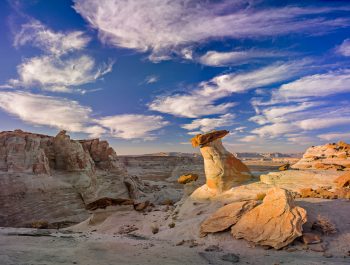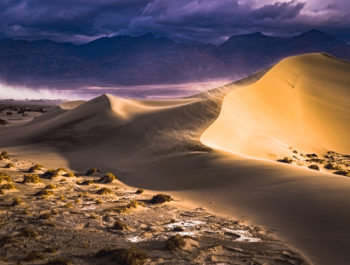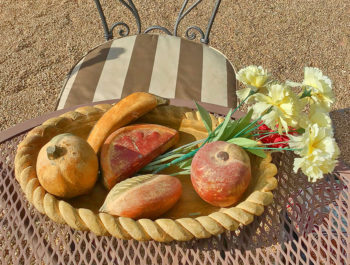Creating Artistic Photographs Part 23: Artistic Approach and the Backyard Project
Artistic Approach and the Backyard Project
Image Resolution
I realized when working on the backyard project that using a high-resolution camera would not foster my vision. In fact, it would make capturing images more difficult because of the larger camera size and the need for a tripod in low light. It would also hamper my approach because of the extra work and logistics required. As such using a high-resolution camera had no basis in helping me express my vision for this project. The basis for using a high-resolution camera was privileging technology at the cost of artistic expression.
The high resolution makes sense when the image will be printed large and when making small details visible is important. Because I intended to show these images online and to print them in small size (8×10 inches at the most), high resolution was overkill. At this size, the details present in high-resolution images would be lost when the original capture was downsized.
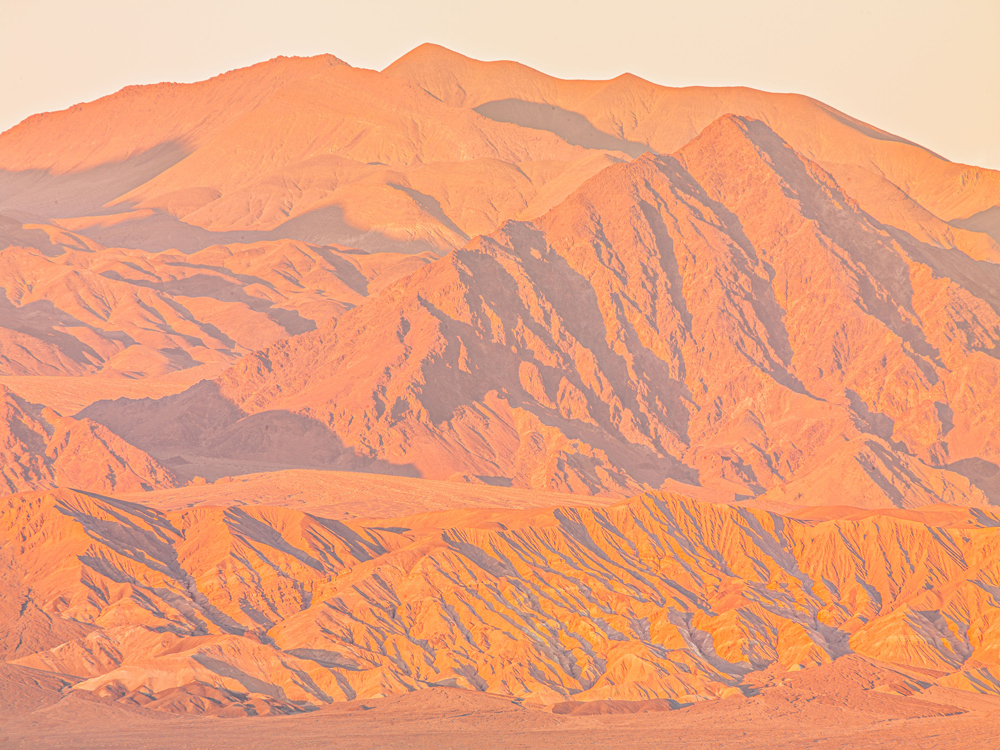
Color Light and Composition, Not High Resolution
Furthermore making small details visible ranked low for this project. My goal was to create images that relied on color, light, and composition for emotional impact rather than on resolution. My intent was to create impressionistic images rather than highly detailed images, photographs that created an impression of the scenes photographed rather than photographs that provided an opportunity to engage in a detailed visual study of these scenes. The images in this project are an invitation to dream and to get lost in the images, not an opportunity to engage in a close-up study of each scene (see my previous two essays for photographs from the Backyard Project).
Because of these decisions a lower resolution camera worked better than a high-resolution camera because it fostered my vision rather than hamper it. The difference is one of ‘look’ and ‘artistic presentation’. The medium I used, meaning the camera and associated gear, had to allow me to create the visual feel I was after.
In this project low image resolution does not distract from image enjoyment. It does not ‘stop the dream’ or ‘bring the viewer back to reality’ or make the audience aware that these images need to be cleaned up to remove digital artifacts. The images are clean because the resolution is different from digital artifacts. There are no dust spots in the images and no invasive elements extraneous to the photographs. I removed all unwanted photographic artifacts that affected the compositional clarity of the images and stopped the visual flow I wanted viewers to experience. I did not want viewers to think ‘this is an image that needs cleaning up.’ I wanted viewers to experience images that created a definite and effective impression.
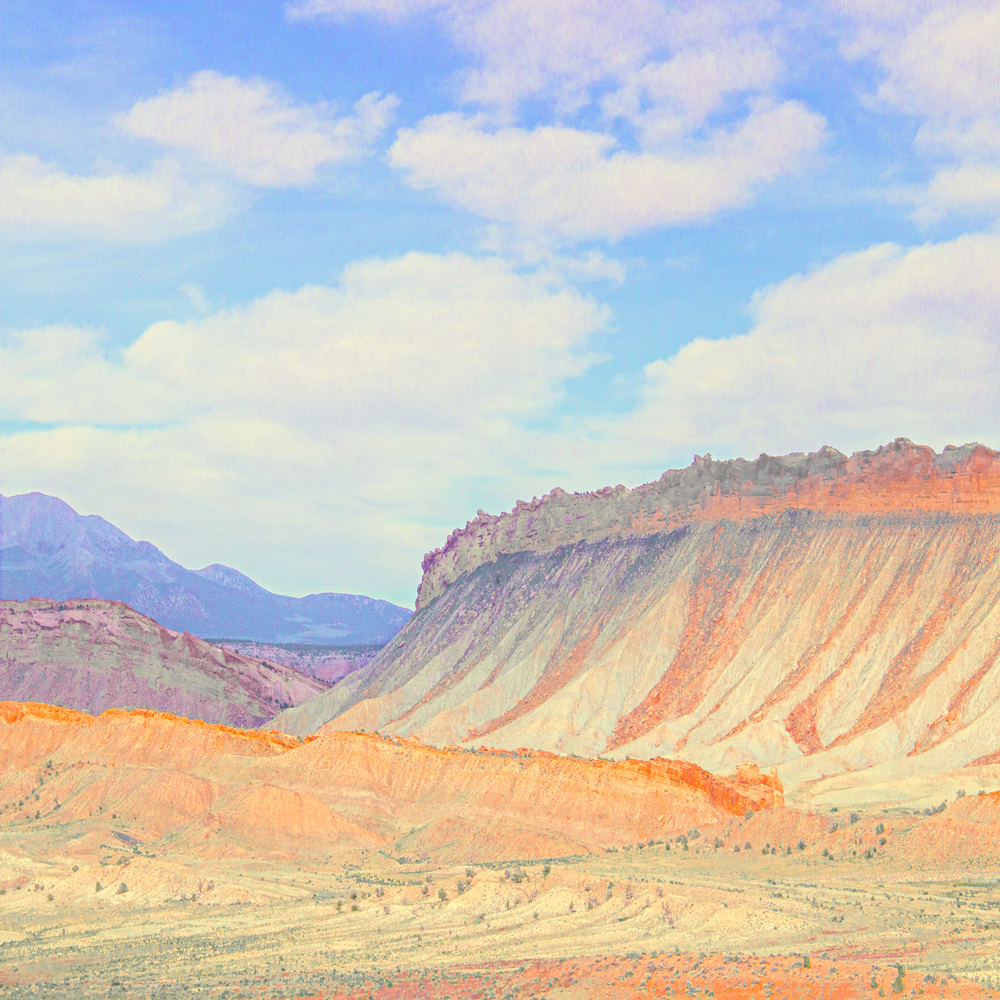
High-resolution privilege syntax over vision and presentation over message. It is as if the font used to print a book was more important than the text of that book, more important than the writing itself, more important than the author’s message.
Certainly, an image needs to be free of distracting elements such as exaggerated noise, dust spots, and other artifacts created by the photographic process. These elements distract from the actual content of the image because they are not part of the subject photographed. However, this does not mean the image has to be captured at such resolution that any print size is possible, including print sizes that will never be used.
My artistic desire was to create images that had low resolution, lack of details, low dynamic range, high contrast, and so on. These choices are not indicative of low quality because they are made for artistic purposes: to express my vision and craft my message. I prefer to speak through technology than let the technology speak for itself. In this instance, I see no reason to capture an image at mural size resolution when an 8×10 print is my desired outcome.
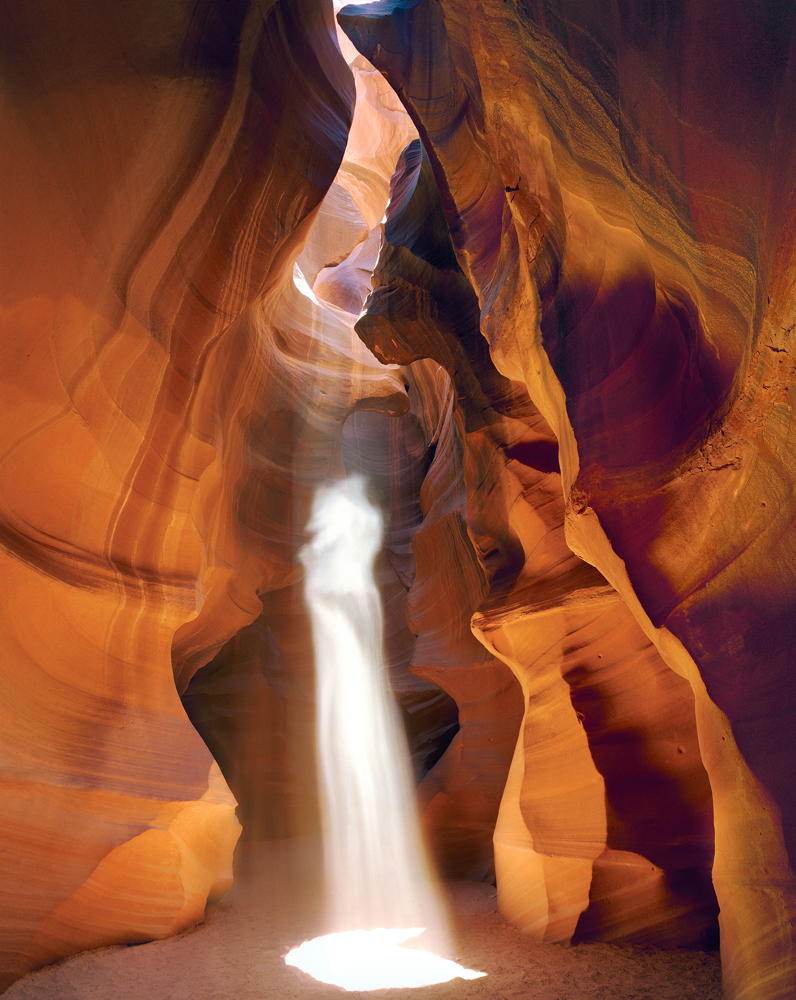
From Invisible Technology To Artistic Facture
Something else needs to be said about my artistic intent at this point in my discussion of this project. When I started doing landscape photography, years ago, my goal was to capture the landscape with such high resolution that technology was invisible in the final images and in my prints of these images. I wanted to make technology invisible to my audience by creating photographs that were a transparent window onto the landscapes I photographed. At that time I used imaging technology as an invisible vehicle. My images had to be perfect in every respect, free of any artifact that could reveal how they were created. No dust, no noise, no scratches, no chromatic aberration, no halos, no ‘photographic defects’ whatever the cause might be. They also had to be captured in high resolution in order to make wall size prints. More importantly these images also had to be free of any visible artistic intervention.
When digital processing became available I soon shifted my artistic approach towards mild artistic enhancements, what you may want to call ‘partial manipulation.’ While I continued to use a ‘transparent technology approach’ my artistic intent started to be visible. This intent was there for anyone to see because artistic intervention had started to be part of my images. This approach is representative of my early use of digital photography. It was a hybrid approach and it led to some amount of confusion about what I was doing and in turn to a large amount of criticism. My audience questioned if this was traditional photography (meaning technology made invisible) or if it was artistic intervention via digital processing (meaning artistic input or ‘ manipulation’ made visible). The answer to this question was not clear. It could be one or the other or both.
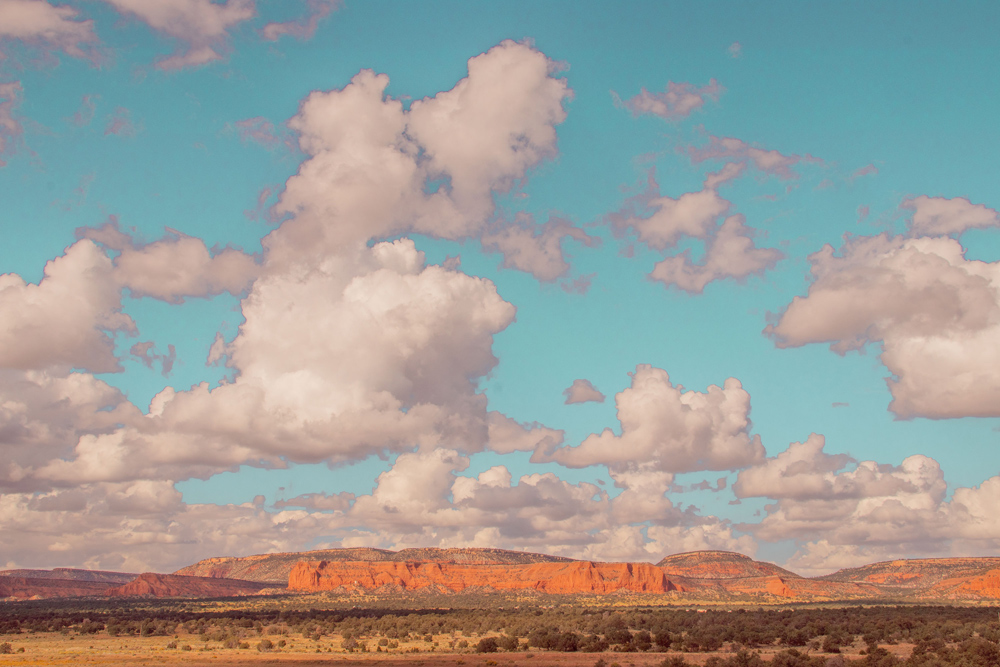
This motivated me to shift to a purely artistic intervention-focused approach which is the approach I follow today. In my current approach, the artistic intervention takes center stage and I no longer attempt to make technology invisible. Both are obviously present as foundational elements of my images. You may want to say that these images are obviously manipulated or you may want to say that they are artistic interpretations. Whatever you call them there is no desire on my part to hide the fact that they are artistic creations and not transparent windows onto the landscape.
In my previous approach, image recording technology made invisible, the viewer’s experience is witnessing nature directly without the filter of technology being present. There is no technological filter because the technology used to capture the image is unnoticeable.
In my current approach, artistic facture, meaning the imprint of the artist’s hand onto the work, is visible. This artistic facture is an inherent aspect of the image content. It is undeniably there. It cannot be eliminated without fundamentally altering the look of the image and the way the image is constructed. Facture is a foundational element just as important as the photographic recording of the original capture. I do not intend to emphasize technology purposefully but I do not attempt to make this technology invisible either. There is no desire on my part to hide anything. What I want is to make my artistic facture visible as much as possible, something which can be challenging because the mainstream photographic approach, both with film and digital capture, has been to remove all traces of photographic technology in an effort to make this technology invisible,
This was my goal previously as I explained. However today my goal is to create images that provide the opportunity of seeing nature transformed through artistic intervention. To this end I use digital image processing to add what I call ‘digital facture’ to my images. This is an approach I am exploring and to which I bring new elements regularly.
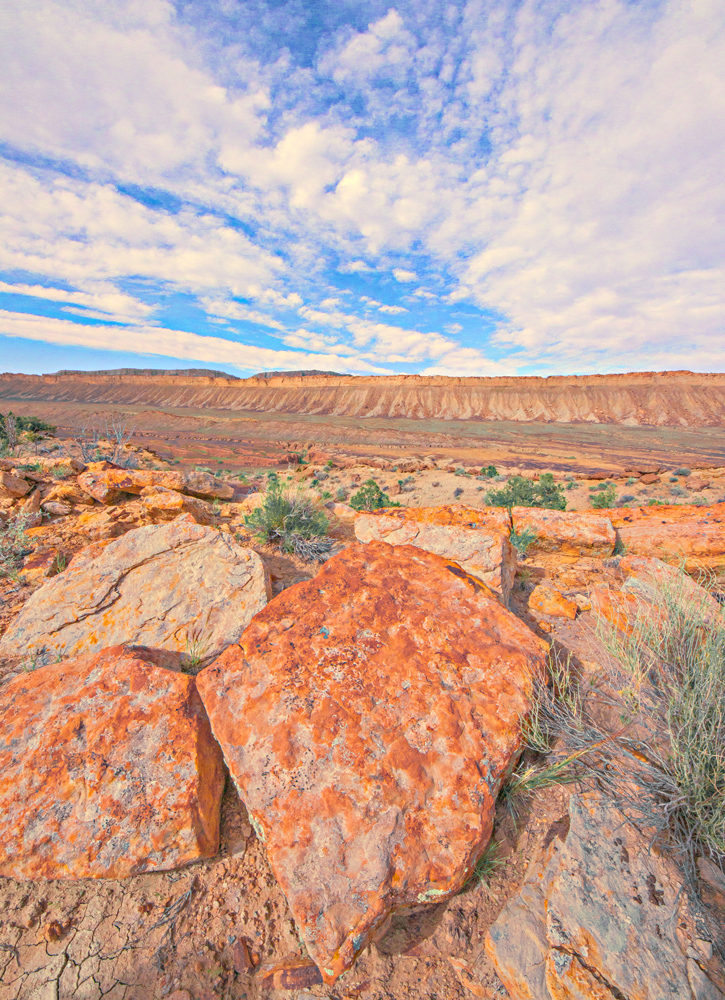
It is also an approach that is closer to painting than to photography because landscape painters have no desire to create a technologically invisible portal onto nature. Artistic facture is present in all landscape paintings in which brush strokes are visible because these brushstrokes reveal the medium used to create the image. Viewers have no doubt that the images they are looking at are paintings and not technology-free windows onto the landscape.
I do not want my images to give the experience of seeing nature as if there was no technical filter or as if the camera or the artist’s input were absent and invisible. What I want is to create images that provide the experience of seeing a work of art, a digital photographic painting of nature, in which the hand of the artist, the facture of that artist, his or her artistic decisions, are visible. I do not want to render these invisible. Rather I want to emphasize them, make them an inherent aspect of the image, and a foundational aspect of the visual experience created by the image.
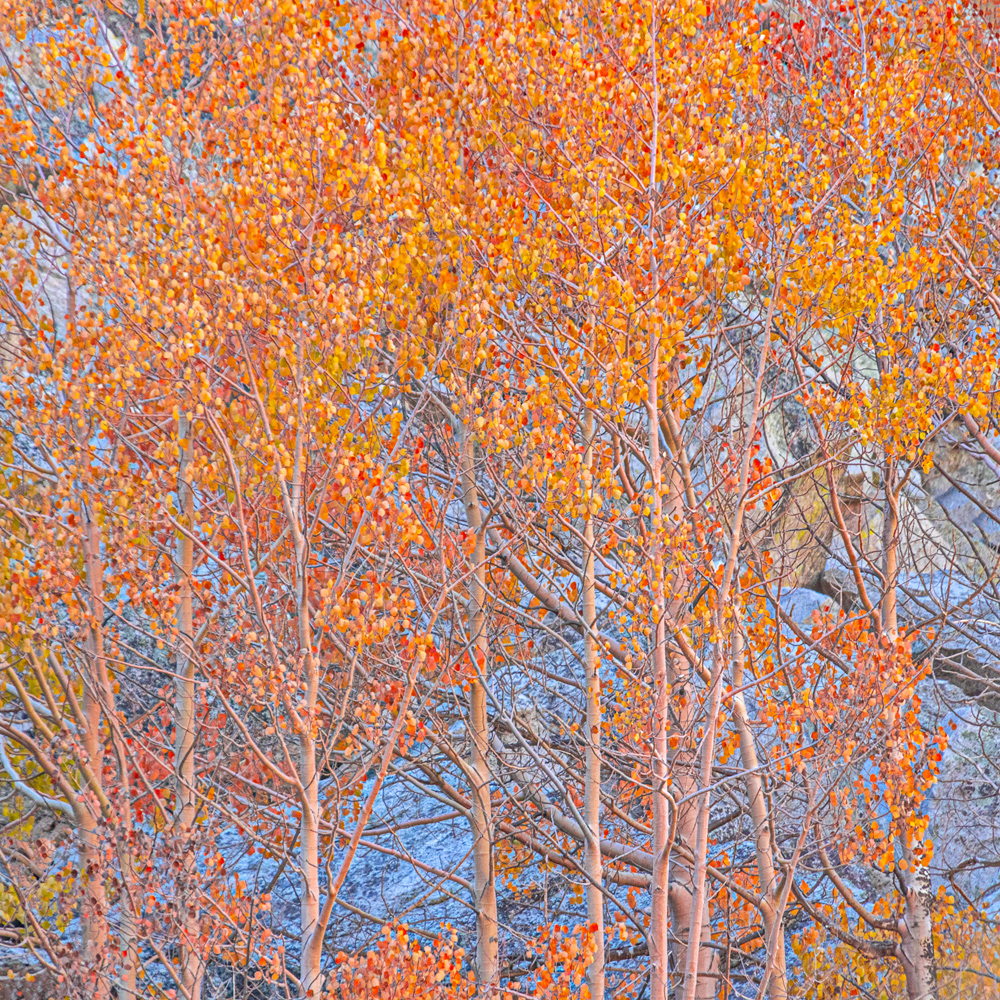
About Alain Briot
You can find more information about my tutorials, photographs, writings, and workshops as well as subscribe to my Free Monthly Newsletter on our website. You will receive 40 free eBooks when you subscribe to my newsletter.
Studying At Home With Alain Briot
The coronavirus situation has brought social distancing forcing us to stay home and limiting our photographic activities. I offer several ways for you to study without leaving home.
First, you can refine and master your photographic skills with my Mastery Workshops on USB or DVD series. The Mastery Workshops focus on all areas of photography: processing, marketing, composition, etc. All the details are HERE.

Second, you can also study with my series of eBooks. These also focus on all areas of photography. Discounts are available if you purchase several eBooks at the same time. You can see samples of all my books HERE.

Alain Briot
September 2020
Glendale, Arizona
Author of Mastering Landscape Photography,Mastering Composition, Creativity and Personal Style, Marketing Fine Art Photography, and How Photographs are Sold. http://www.beautiful-landscape.com [email protected]





